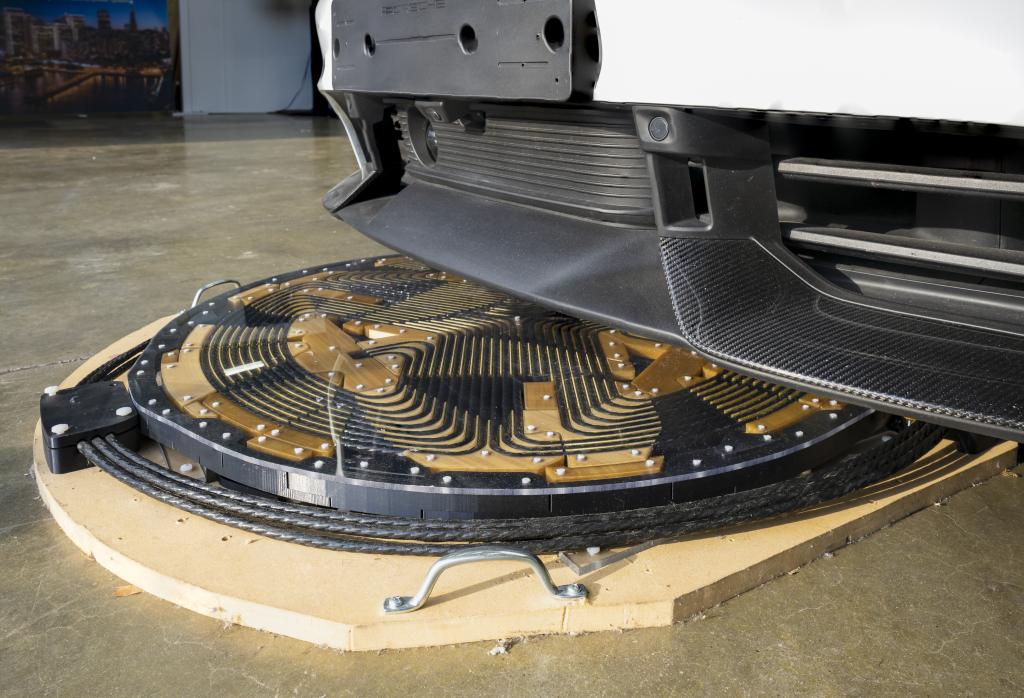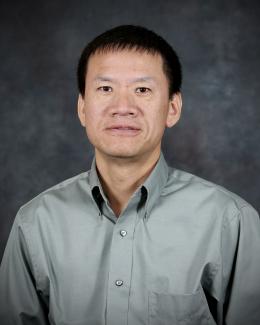Invention Reference Number
Related Links

Summary
Wireless power transfer technology has been increasingly adopted for charging batteries in various applications, notably in electric vehicles (EVs). Traditional systems predominantly use single-phase coils, which pulse the magnetic flux through the primary coil to induce voltage in the secondary coil. These systems have low space-time utilization of the electromagnetic fields, meaning existing systems need larger space for their power levels of design. These systems also face limitations in terms of size, weight, and volume; at the same time, existing systems have difficulty in meeting the electromagnetic field emission maximum levels identified in international guidelines and safety standards. These limitations restrict the system’s ability to rapidly charge, with reasonably sized coils, making it challenging to achieve high-power charging rates comparable to conventional fuel refilling.
Description
ORNL’s polyphase wireless power transfer systems are designed to overcome the limitations of single-phase systems by utilizing a rotating magnetic field for power transfer with significantly improved space-time utilization of the electromagnetic fields. The phase windings—coils of wire wound around over a core in the electrical system—in the polyphase wireless power transfer system are arranged in a manner to generate rotating magnetic field that drive the system's operation. Since the windings on the same side of the phase have negative mutual inductance, they reinforce each other rather than partially canceling out or weakening. This means that each phase works together, boosting the effectiveness of the system instead of hindering it. These systems have been validated for 50kW, 100kW, 270kW power levels across different air gaps like vehicle ground clearances. The innovation lies in the system's ability to employ transmitter phase-coils with one or more layers, in a polyphase structure, and either unipolar or bipolar coils, alongside a resonant tuning network, either in delta or wye connection or independently for each phase. This configuration ensures the system can achieve at least two independently excitable resonant modes at a specific resonant frequency, making it compatible with various receiver types, including three-phase, single-phase with circular coils, and single-phase with DD coils.
Recently, the ORNL team demonstrated that a light-duty passenger electric vehicle can be wirelessly charged at 100-kW with 96% efficiency using polyphase electromagnetic coupling coils with rotating magnetic fields.
Benefits
- High power transfer: Capable of transferring significant power over an air gap, facilitating faster charging times.
- Substantially higher surface power density: Compared to existing systems in the world, 8–10 times higher power density, meaning the most compact and lightweight coils for the highest power levels with very high kW/m2 and kW/kg ratings.
- Versatility: Compatible with multiple transmitter or receiver types, enhancing its applicability across different EV models and charging standards.
- Efficiency: Utilizes a rotating magnetic field for efficient power transfer with reduced voltage, current, and thermal stress on the inverter, rectifier, coils, and resonant tuning components, enabling high power and efficient operation possible for all classes of vehicles.
- Safety and compliance: Designed to meet electromagnetic field emissions requirements and safety standards with approximately one third of the field emissions of existing systems for the same power transfer level
Applications and Industries
- Electric vehicle charging: Ideal for EV charging stations, providing quick and efficient charging solutions.
- Consumer electronics: Potential applications in wireless charging pads for smartphones, laptops, and other personal electronics.
- Industrial charging systems: Suitable for charging industrial equipment, material handling systems, drones, and automated guided vehicles (AGVs) in a wireless manner.
Contact
To learn more about this technology, email partnerships@ornl.gov or call 865-574-1051.


